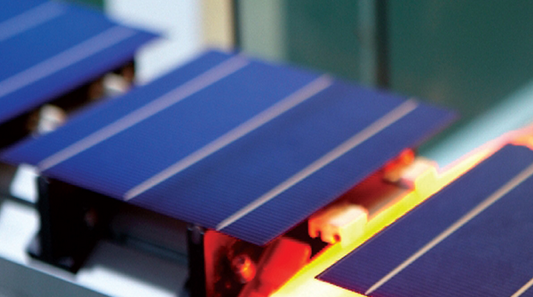On the 2021 China Photovoltaic Industry Annual Conference held in Chuzhou, Anhui Province on December 14th, Zou Yanhui, industry analyst from Trendforce predicted that the market share of n-type cells is expected to reach 11%, with 58 GW production capacity in 2022.

Liu Pinglei, technical expert in Product Management Center of LONGi, said that, “for three to four years after 2015, solar cell technology didn’t see dramatic changes, while module technology developed rapidly. But in the recent two years, the pace of module technology development has begun to fall behind that of silicon wafer and cells.”
Since the beginning of this year, some leading cell manufacturers have made technological breakthroughs and began mass production of next-gen cells. It is expected that 2022 will be the “first year” of mass production for n-type.
However, in 2021, many cell enterprises are faced with a deficit. Zou Yanhui predicted that in 2022, as the supply and demand pattern improves, cell enterprises are expected to reap profits. The market share of n-type cells may reach 11% and the production capacity will reach 58 GW. The majority of n-type cells on the market will be TOPCon cells. She added that, “the cost stability, yield and conversion efficiency are the key to the mass production of n-type cells.”
According to Trendforce’s data, the planned capacity of TOPCon cells have reached 95.3 GW, while the existing capacity is about 8.75 GW, with most of them in M6, M4 and G1 sizes.
The planned capacity of HJT cells has reached 148.2 GW, while the existing capacity is about 6.35 GW, with most of them in M6, M4 and G1 sizes. A few enterprises have gained the capacity to produce M6 sizes, but the production of M10 and G12 sizes are still in the R&D stage.
Data shows that the average efficiency of p-type PERC battery is over 23%, which is close to its efficiency limit, while n-type cells including TOPCon, HJT and IBC have great prospects.


